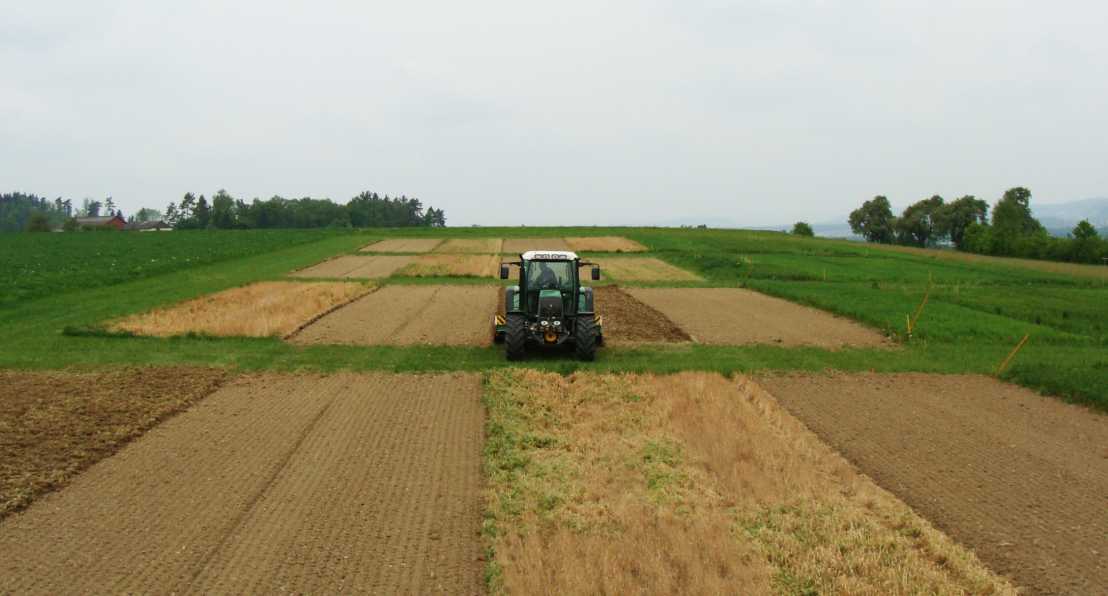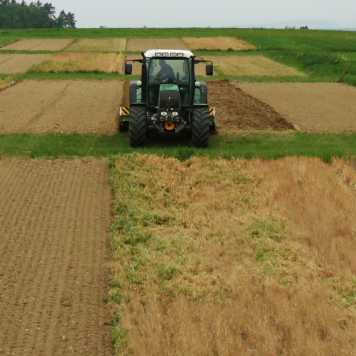Improving soil structure: New study from the NORGS project
By using a field study to look at organic and conventional crop management with different intensity levels of tillage, a new study published in Soil and Tillage Research from the WFSC member group of Prof. Johan Six highlights the potential of integrated organic farming systems.

Traditionally, organic farming uses conventional tillage practices for weed control, even though tillage has numerous negative effects for soil and promotes nitrogen losses. The WFSC Research Programs project “A Comprehensive Examination of Nitrogen Cycling and Microbial Communities within Soil Microenvironments in Integrated Organic Farming Systems in Switzerland” (NORGS) aims to improve understanding of management practices, such as organic and conventional crop management with different intensity levels of tillage, on soil structure.
In a new study in Soil and Tillage Research, lead author Viviana Loaiza reports results from a field trial which combined organic and conventional crop management with different intensity levels of tillage. The team of researchers then measured a variety of soil structure parameters to assess the impact of the cropping system and a ley period, when a grass-clover cover was grown on the field after harvesting.
The results showed organic crop management combined with reduced tillage improved soil structure. In addition, a ley period has the advantages of improving soil structure for conventional intensive tillage and increasing total carbon in the soil for organic crop management.
These results can inform strategies and models for sustainable agroecosystem management and help organic farmers in Switzerland and beyond to realize the potential of integrated organic farming systems.
Read the full article by the team of researchers from ETH Zurich in Soil and Tillage Research external pageherecall_made

The paper is an output of the WFSC Research Program project “A Comprehensive Examination of Nitrogen Cycling and Microbial Communities within Soil Microenvironments in Integrated Organic Farming Systems in Switzerland” (NORGS). For more information on the project, visit the project page
